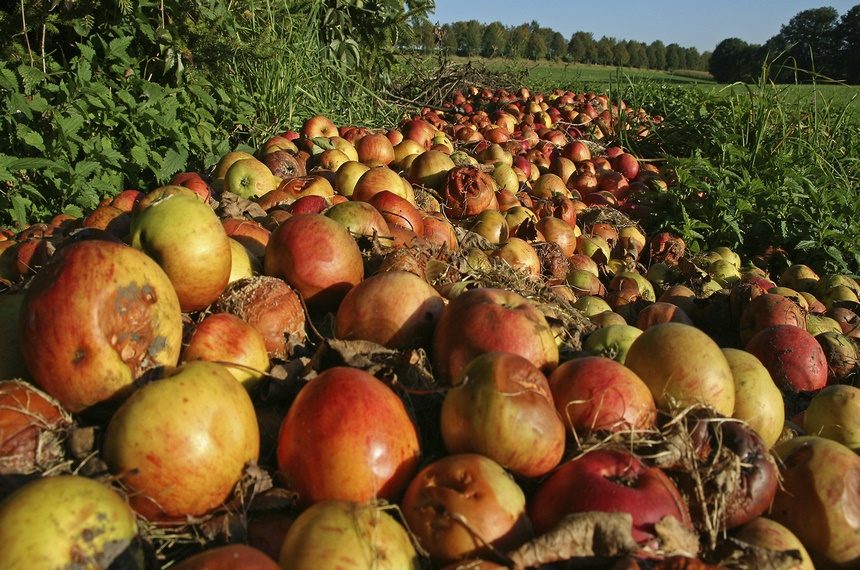
The importance of food waste reduction in the framework of UN Sustainable Development Goals
According to the 2013 UN report, the population of the world will reach 9.6 billion by 2050 and while the population of developed regions will remain mainly unchanged, the 49 least developed countries are projected to double in size by 2050, meaning that the global demand for food, feed and fibre will more than double. UN estimates that 795 million people in the world today are undernourished and 98% of them live in developing countries, so the main question is how to produce enough food for the entire population in the future? According to Food and Agriculture Organization, the answer is not to produce more food, but to make better use of food already available because approximately one-third of all food produced for human consumption in the world is lost or wasted. Food waste is recognized as a distinct part of food loss because drivers that generate it are different from those that generate food loss. In developing countries, “food loss” or the unintentional wastage is usually high due to poor equipment, transportation and storage conditions. In developed countries, “food waste” levels are much higher, mostly occurring at retail and consumer level and are often connected with overconsumption.
Food waste reduction would avoid putting additional pressure on scarce natural resources, decrease the need to raise food production, improve global food security and reduce environmental impacts generated by agriculture. The carbon footprint of wasted food is 3.3 gigatonnes, which means that if food waste was a country, it would have the biggest greenhouse gas emissions after US and China. According to Feedback Global, the production of wasted food uses around 1.4 billion hectares of land (28% of the world’s agricultural area) and a huge amount of surface or groundwater, known as “blue water” (250km3), more than 38 times the blue-water footprint of US households.
That is why food and agriculture feature so prominently in all 17 of the United Nations Sustainable Development Goals, because food is interconnected with almost all aspects of economy, environment and society: from world hunger, food security, desertification, deforestation, sustainable use of oceans, loss of biodiversity due to agricultural pressures, to overconsumption, obesity and public health. These problems are explicitly stated in Goal 2 (zero hunger) and Goal 12 (responsible consumption and production), which makes them completely dependent on one another. Goal 2 aims to “end hunger, achieve food security and improved nutrition and promote sustainable agriculture” through implementing and maintaining sustainable food production systems and resilient agricultural practices that increase productivity and production, help maintain ecosystems, strengthen capacity for adaptation to climate change and progressively improve land and soil quality.
Goal 12, on the other hand, aims to “ensure sustainable consumption and production patterns”, since one of the prerequisites of sustainable growth and development is minimizing the use of natural resources and toxic materials along with waste and pollutants generated throughout the entire production and consumption process. Food waste is recognized as a huge contributor to global waste problem, so target 12.3 aims to, “by 2030, halve per capita global food waste at the retail and consumer levels and reduce food losses along production and supply chains, including post-harvest losses.” The progress will be measured by 12.3.1 Global food loss index, which would cover food loss: losses occurred on farm, during transport, in storage, and during processing. Food waste, i.e. losses in retail and households, is currently not covered. However, in developed countries, majority of food waste is generated at retail and household level. According to 2016 study, 70 % of the EU's food waste arises in the household, food service and retail sector, while 30 % arises in the production and processing sector out of which only 9 million tonnes (10%) comes from primary production and would fall in the category of food loss.
This all goes to show the urgency in dealing with the growing problem of food waste, since problems surrounding food production and food consumption such as malnutrition, food scarcity, overconsumption, food waste and its devastating environmental impacts are so complex and interconnected that they cannot be analysed separately.
Sources: 1, 2, 3, 4, 5, 6
Author: Marina Tomić (The Croatian Institute for CSR)

Follow us on